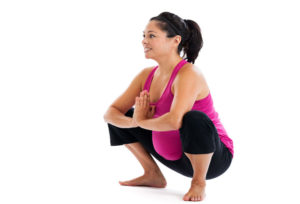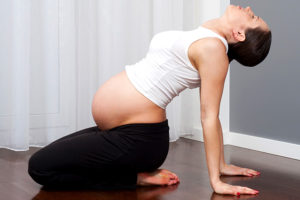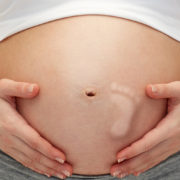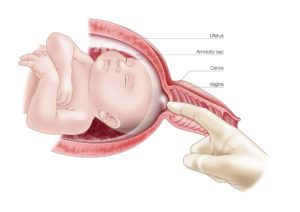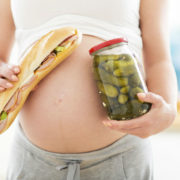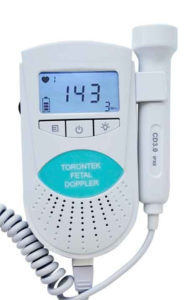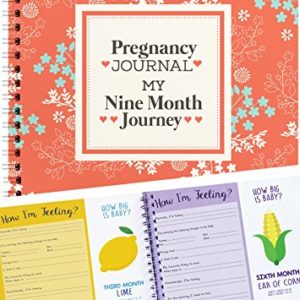Third Trimester Must-Haves
The final trimester of pregnancy is an exhausting but exciting time!
You’re in your third trimester! Can you believe it? Hopefully, everything has been going smoothly and now you’re finally at the point where you’re preparing for the last few months and getting ready for labor. So exciting! I will say, a lot of women describe the third trimester as the longest trimester since you are getting more uncomfortable by the day and you are so ready to have your body back and meet your baby. You’re almost there though!
Listed below are my must-haves that every woman should have to help her have the best and most enjoyable third trimester.
- Comfy Shoes
With each passing day, your baby is getting bigger. Before you know it, it will feel like you are carrying a bowling ball with you everywhere you go. At this point, the extra weight is getting harder on your feet so getting some comfortable shoes are an absolute MUST! You’ll want to get a pair of flats, sandals, or comfortable sneakers (or all of them) that you can easily slip on and off to make standing and walking throughout the day a bit more bearable.
- Birth Ball
A birth ball is wonderful to have because it strengthens your legs, back, and core muscles — which can condition the abdominal area involved in childbirth — and it can aid in relaxation, comfort, and physical relief. A birth ball is good for exercising the deep, supportive muscles in the lower back and surrounding spine so you’ll have better posture and be less prone to a backache and sciatica. What’s also great is that you can use it during labor and even after when you have your baby. Being able to bounce on it to soothe your crying baby and save your joints at the same time is awesome.
- Heating Pad
Your back and hips will be a lot more aches and sore towards the end of your pregnancy. When you can’t get a Massage or see a chiropractor, remember that heat is your friend. You can heat a rice bag or use a heating pad before you go to bed to help give you relief and relax your muscles.
NOTE: Make sure that you turn off the heating pad before you go to sleep to avoid overheating and burning your skin. Also, heat is a wonderful thing to help you during labor, too. Bring these things in your hospital bag.
- Maternity Leggings
The clothing gods heard our prayers and miraculously made comfy, stretchy leggings a chic wardrobe choice you can practically wear anytime, anywhere. If pregnancy has led to varicose veins and swollen ankles, these maternity compression leggings may be just the thing to offer some relief.
- Loose Tops
Nothing more comfortable than a loose top. A stretchy tee shirt is long enough to cover not only the bump but also the bum- which is tres important when you live in leggings!
- Body Pillow
C-shape pillow cradles you from head to toe, even taking the place of your regular pillow. One end is for your head and neck; the other tucks between your legs to realign your hips as you sleep. A body pillow is a great help in getting best sleep during the 3rd trimester.
- Water Bottle
It’s important to keep hydrated during this stage of pregnancy. Staying hydrated is paramount to your comfort and health. Invest in a giant bottle/cup so that you don’t have to keep getting up and refilling your water bottle. If plain water is getting too boring, switch it up with coconut water, sparkling water, or add a bit of juice.
- Raspberry Leaf Tea
Raspberry Leaf Tea is highly recommended to start drinking during your third trimester every day to help prepare your body for labor and delivery. It’s great for uterine health and helps prevent post-delivery hemorrhaging.
- Books and Resources
It’s time to move on from the pregnancy/delivery books and start looking at resources on actually taking care of a newborn baby. There are lots of great books that have good tips and advice for baby’s feeding, sleeping, and overall scheduling. Watch TV shows and get new ways on how to soothe your baby – every new parent needs to know those tricks. They really talk about the science behind it all.
- Postpartum Doula
So many expecting couples are focusing on the labor and birth of their baby (and rightfully so, it’s very important), but they forget to think about what happens after giving birth – taking care of a baby. Start looking into postpartum doulas in your area. They can help you with breastfeeding, pumping, bottle-feeding, showing you had to soothe, swaddle, all types of newborn care, and so much more. Whether you want help during the day or at night, a postpartum doula is an amazing support person and resource.
The information, including but not limited to, text, graphics, images and other material contained on this website are for informational purposes only. The purpose of this website is to promote broad consumer understanding and knowledge of various health topics. It is not intended to be a substitute for professional medical advice, diagnosis or treatment. Always seek the advice of your physician or another qualified healthcare provider with any questions you may have regarding a medical condition or treatment and before undertaking a new health care regimen, and never disregard professional medical advice or delay in seeking it because of something you have read on this website.




